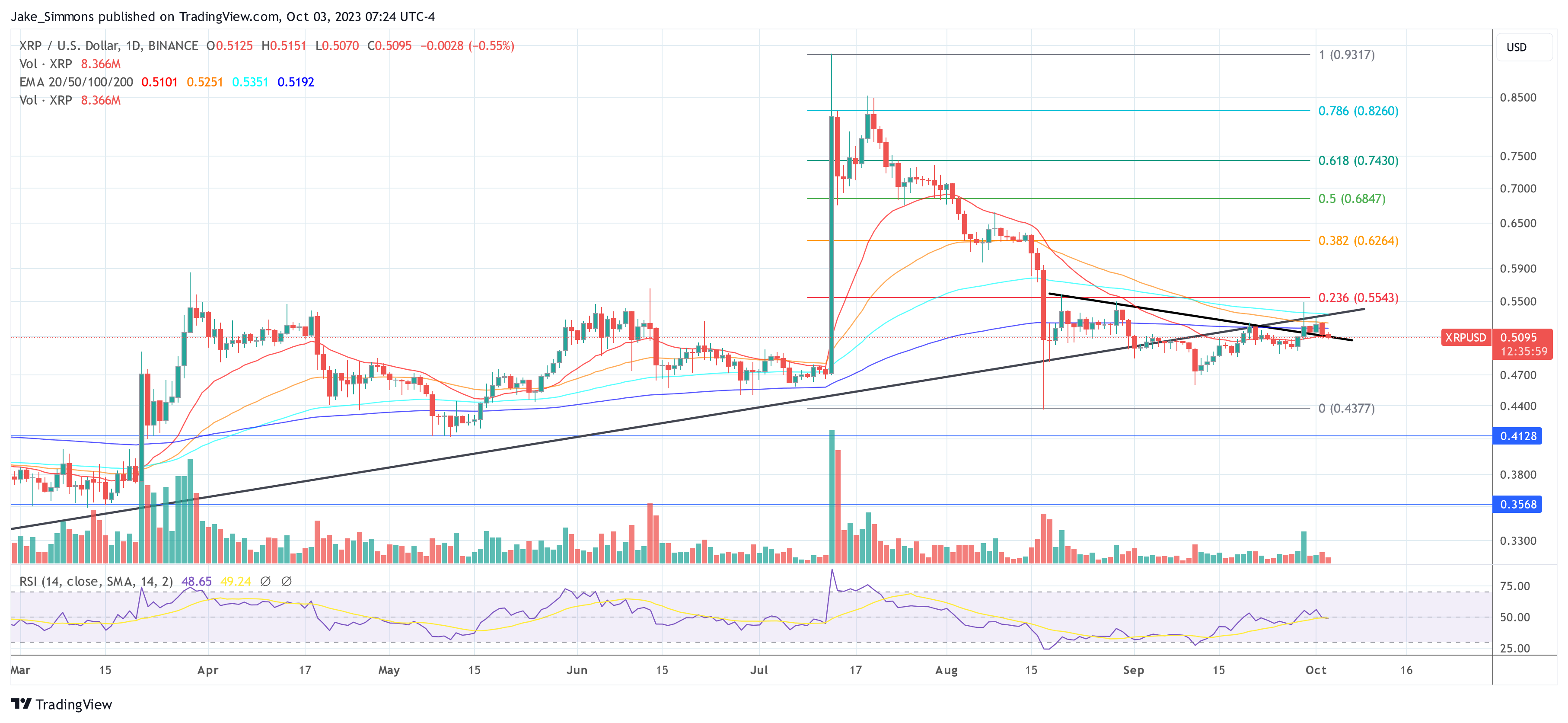[ad_1]
The RippleX workforce, Ripple Labs’ improvement arm, yesterday make clear a brand new function proposal, the “Clawback” for the XRP Ledger (XRPL). Because the crypto house awaits the potential inclusion of this function within the rippled 1.12.0 launch, the blockchain neighborhood has set its eyes on how this addition would possibly reshape asset controls on the XRPL.
A Deep Dive Into Clawback And Trustlines
Yesterday, RippleX tweeted, highlighting the proposal: “Clawback is a newly proposed function that goals to enhance the XRP Ledger’s token asset management capabilities. If the XLS-39 Clawback feature is adopted, it may empower builders with heightened belief and security parameters for his or her issued property.”
The important thing takeaway from this proposal is the power for issuers to reverse transactions beneath particular circumstances, akin to fraudulent actions or aiding customers who’ve misplaced entry to their respective accounts.
The proposed Clawback function, if adopted, would complement the present Freeze function. Each of those mechanisms are rooted within the idea of Trustlines. For these unfamiliar, Trustlines play a pivotal position within the XRPL’s asset administration. Performing as a barrier, they stop spamming actions by disallowing customers from sending unsolicited tokens to others. Primarily, Trustlines make sure that solely licensed transfers happen inside the XRPL.
Additional clarification offered by RippleX explains how Trustlines perform: “Approved Trustlines allow an issuer to find out which accounts could maintain or obtain a selected issued asset. That is essential, given the range in initiatives and the geographical unfold of issuers and their person bases.” By extension, the potential inclusion of Clawback may bolster the robustness of the XRPL’s asset management framework.
Ripple CTO Schwartz Weighs On On The Debate
David Schwartz, Ripple’s CTO, offered a extra nuanced perspective in response to the tweet. He elucidated the first use case of the Clawback function, stating, “Belongings that symbolize real authorized obligations stand to learn most from this function. For example, a stablecoin redeemable by its issuer in money.”
Whereas the Freeze function has its deserves, Schwartz was eager to emphasise the subtleties that distinguish it from Clawback. Freeze, in its essence, is absolute; it’s a binary function permitting an issuer to halt an asset totally. Alternatively, Clawback presents extra granularity. As Schwartz places it: “Freeze is the nuclear choice. Clawback permits surgical strikes.”
However with each instrument comes the duty for its utilization. Schwartz, whereas supporting the function, additionally laid out potential considerations. He opined: “A surgical instrument, by its very nature, minimizes collateral fallout. However this very precision would possibly make it a beautiful choice for issuers, even in eventualities the place it could be deemed overkill. The broader implication is that whereas Freeze serves as a deterrent because of its sweeping influence, Clawback, being much less intrusive, could possibly be employed extra regularly.”
Along with the technicalities of the function, Schwartz additionally mirrored on the aggressive panorama of blockchain platforms. He identified that almost all blockchains supporting stablecoins already incorporate a model of the clawback function.
Schwartz highlighted, “Not integrating such a function may inadvertently create hurdles. Stakeholders interfacing with stablecoins on the XRPL could be coping with procedural inconsistencies. For entities like auditors or monetary establishments, which depend on standardized processes, this might introduce unwarranted complexity and friction.”
At press time, XRP traded at $0.5095.

Featured picture from Trolly McTrollface’s Weblog, chart from TradingView.com
[ad_2]
Source link


